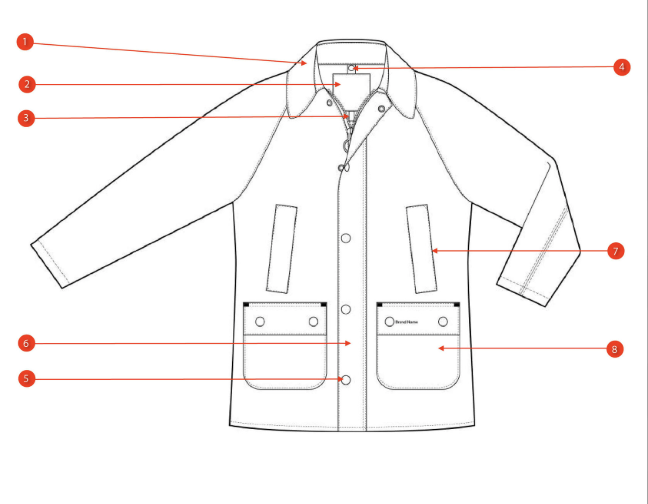Manufacturing Mistakes That Hurt Small Fashion Businesses
And How to Avoid Them
When it comes to building a successful fashion brand, few areas are more critical than manufacturing. From delays and miscommunication to hidden costs and poor quality, production mistakes can quietly damage your business finances, break trust with customers, and limit your ability to grow.
If you're running a small business, avoiding these pitfalls is essential.
Whether you are just starting or looking to scale, here are the most common manufacturing mistakes small fashion brands make and how to avoid each one.
1. No clear Tech Packs or Product Specifications
A common mistake is sending vague sketches or inspiration photos to manufacturers without full tech packs. This often leads to samples that miss the mark and expensive revisions.
How to avoid it:
Create a detailed tech pack that includes exact measurements, fabric types, trims, stitching details, construction notes, and visual references. This is the foundation for clear communication and consistent quality.
2. Underestimating costs and minimums
Many small businesses forget to include hidden manufacturing costs in their business plan. This includes things like shipping fees, packaging, import taxes, or minimum order quantities (MOQs).
How to avoid it:
Do your homework. Ask for a complete breakdown of production costs before confirming. Build these numbers into your financial plan so you don’t run into cash flow issues later.
3. Choosing the wrong Manufacturing partner
It can be tempting to go with the cheapest option. But if the manufacturer lacks experience with your product type or has poor quality control, it will cost you more in the long run.
How to avoid it:
Research and vet manufacturers carefully. Look for experience in your category, check client references, review their sample work, and ask clear questions about timelines and capacity. Trust is important, but verification is better.
4. Relying on one supplier only
Many small brands work with just one supplier to keep things simple. But if that factory faces delays or quality issues, your entire production is at risk.
How to avoid it:
Develop backup options. Even having a second manufacturer for sampling or small batch orders can give you flexibility if problems arise.
5. Not Having Contracts in Place
Skipping formal agreements or relying on email conversations can lead to big issues if something goes wrong with your order.
How to avoid it:
Always use a written agreement that outlines timelines, pricing, payment terms, quality expectations, and what happens in case of defects or delays. It protects both sides and keeps things professional.
6. Skipping quality control
If you're not checking the product until it arrives, you're leaving quality to chance. This can result in unsellable stock, damaged reputation, and high return rates.
How to avoid it:
Plan for quality checks at key stages. If you can’t inspect in person, hire a third-party quality control agent. It’s a small investment compared to the cost of redoing or discarding faulty stock.
7. Scaling without systems
As demand grows, managing production manually or informally becomes risky. Orders slip through the cracks, timelines get missed, and you lose control over quality or inventory.
How to avoid it:
Build basic systems for forecasting, order tracking, inventory, and communication. Even simple spreadsheets or project management tools can make a big difference. If you’re serious about growth, this structure is non-negotiable.
Final thoughts
Manufacturing can be one of the most complex parts of running a fashion business. But with clear planning, communication, and strong systems, it doesn’t have to be a constant source of stress.
Include your production plan in your overall business plan, budget accurately, and build relationships with partners who understand your brand’s vision. This is how small fashion businesses grow into strong, profitable brands.
📘 Need help?
Download the Profitable Fashion Brand Launch Planner. It’s a practical tool designed to help you build a market-ready, financially sustainable brand.
Or explore our 1:1 services for personalised guidance to help you avoid these mistakes and grow with clarity. 👉 See all


